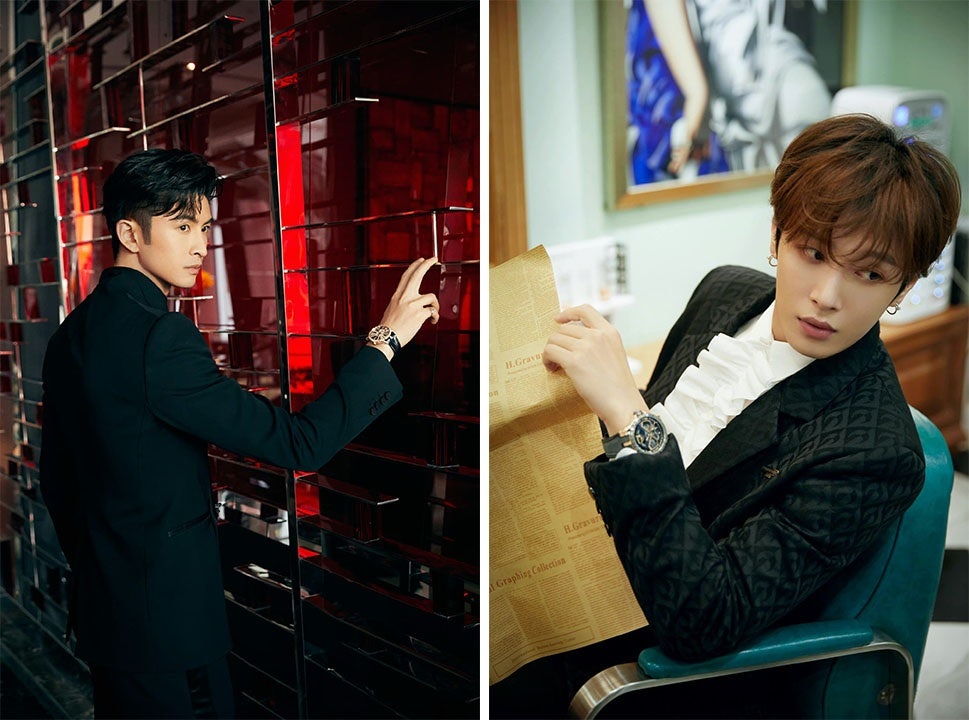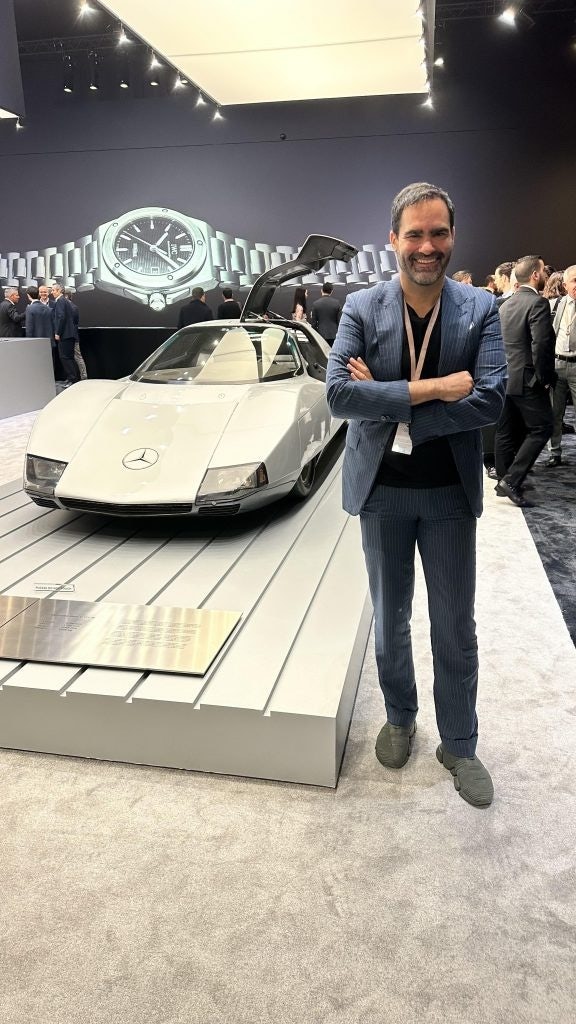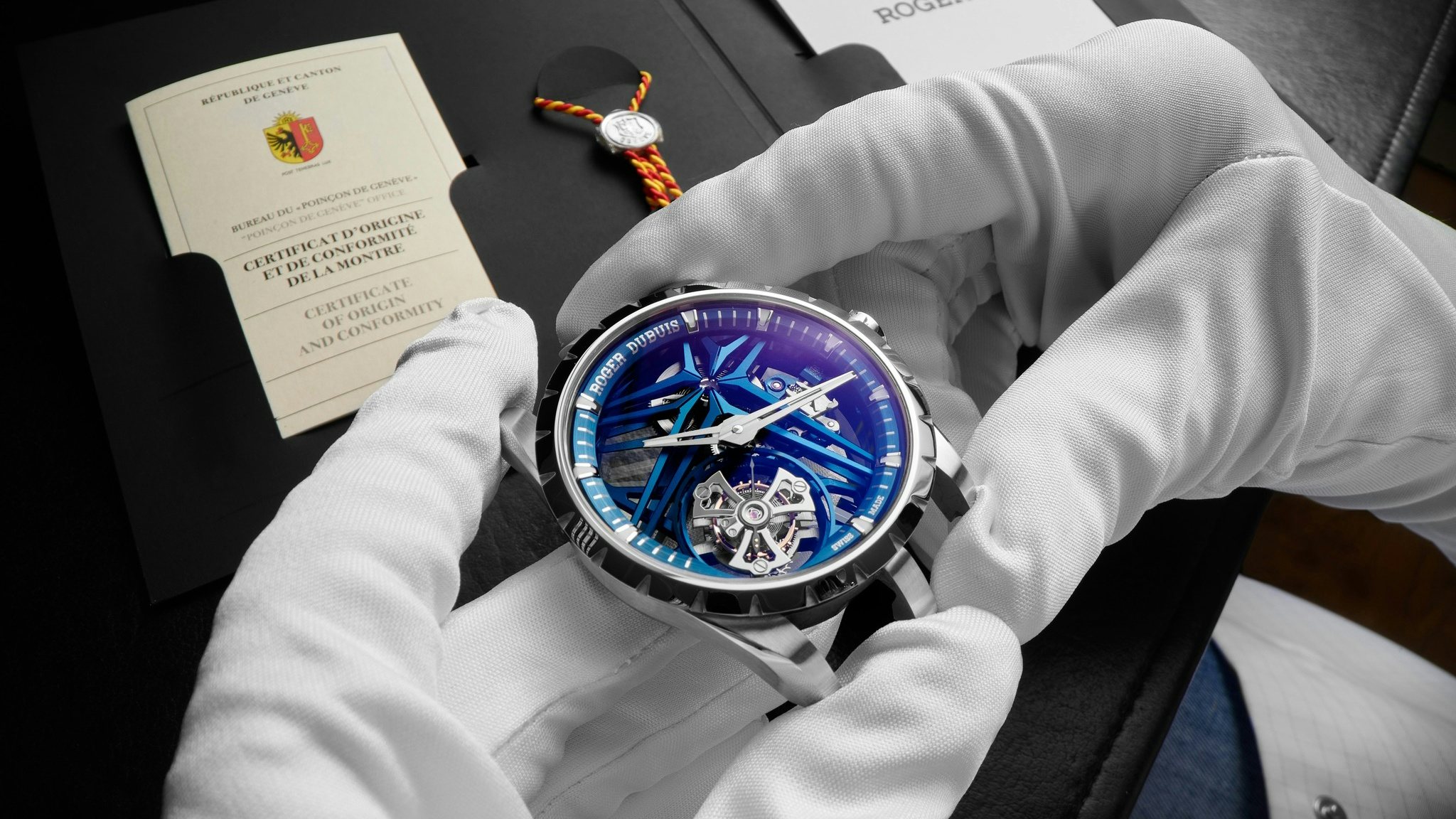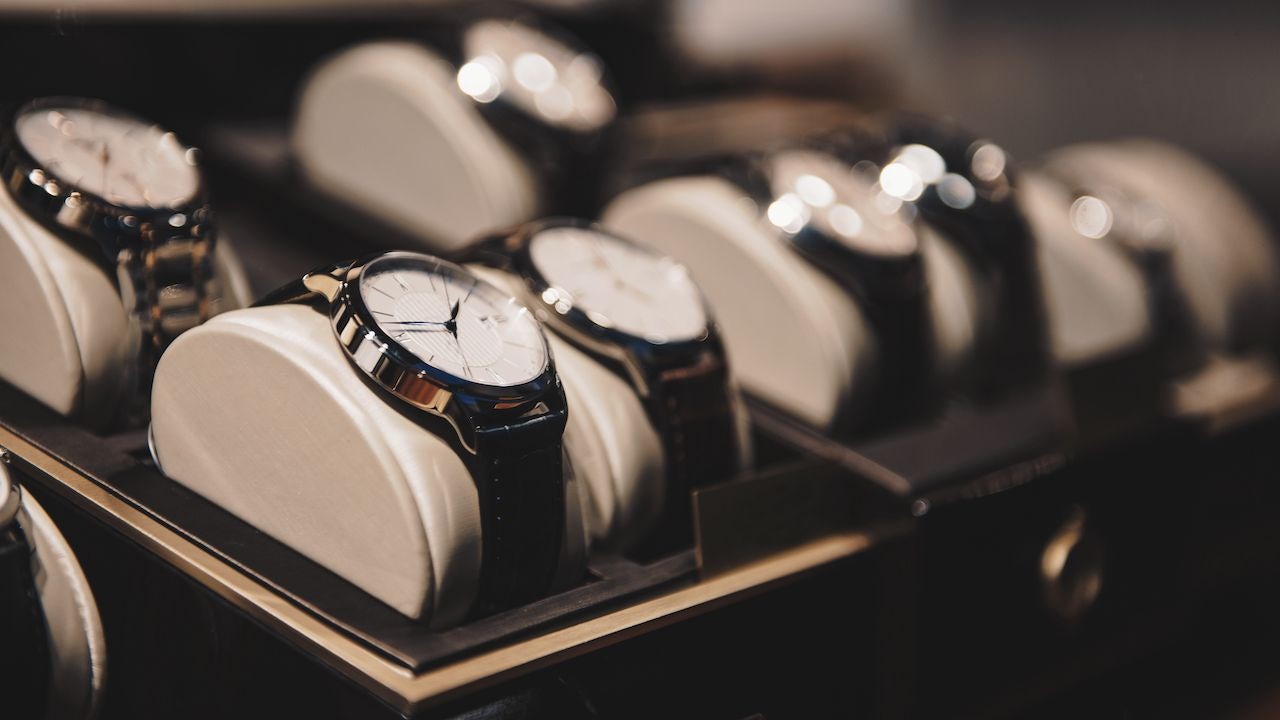Early last year, when pre-owned watch prices were at an all-time high and it was literally impossible to buy a new Rolex or Patek Philippe because stores around the world were out of stock, the Wall Street Journal interviewed me about the future of mechanical luxury watches. I warned that the bullish demand is likely overinflated by a few factors and not a reflection of a boom that legacy brands can capitalize on forever. The writing was already on the wall for a bursting bubble.
The recent Bloomberg Sundial Watch Index confirms my prediction, a price index that tracks the performance of the most in-demand pre-owned luxury watches. It not only shows that the demand for secondhand watches is slowing down, but it is nearing a two-year low. This is a worrying sign for luxury watch brands, as it suggests that the broader market may be reaching a critical juncture.
First, the market has become increasingly saturated in recent years. There are now more competing luxury watch brands and items than ever before, and the ubiquity of fine timepieces has led to a decrease in the exclusivity of owning a luxury watch.
Second, affluent Gen Z, particularly in Asia, tend to gravitate towards newer, trending brands like Richard Mille, Jacob & Co. or Roger Dubuis. This will pose a challenge to many legacy brands in managing the generational transition from Gen X and Y to the up-and-coming Generation Z, already the most influential generation today and expected to become the number 1 client group for watch brands by 2030.

Moreover, being the first generation of digital natives, the adoption and desirability of smartwatches is particularly strong among younger clients. Legacy brands have been hesitant to venture into the smart watch arena and integrate new technology, and the initiatives so far have not always been convincing.
While many fine watchmakers tell me that smart watches are not a danger for fine watches and that they — on the contrary — are a springboard for younger clients to upgrade to a mechanical watch, I would caution not to make the same mistake that Kodak, Nokia, or incumbent gasoline car makers made when confronted with technological disruption.
The high demand for watches, particularly in late 2021 and early 2022, had a few likely one-time causes. First, there was the increasing popularity of NFTs and crypto. Some luxury watch brands have begun to offer crypto-based payment options. This has made luxury watches more accessible to a wider range of consumers, including those who made windfalls from investments into digital assets. The significant slowdown of crypto and NFT is now reversing the demand.
Second, many Chinese watch clients were unable to travel abroad due to travel restrictions which led to a short-term surge in disposable income for watch purchases. Third, low interest rates flooded the markets with cheap money, additionally accelerating demand.
The short-term spike in demand masked the critical transition period in which the watch industry is in, now much more obvious with the index decline. While I am positive that the luxury watch sector will remain strong, there will be certainly a further separation between brands that are able to create extreme value and those who can't.
The times where quality and craftsmanship were the key differentiators are long gone. In fact, when I visited the Watches and Wonders exposition in Geneva earlier this year, many of the brands I visited told me a similar brand story, trying to convey superior craftsmanship. The catch: When brands tell the same, traditional and product-based story, there is no emotional response.

It was much more intriguing to experience an extremely well-positioned brand like Roger Dubuis, with an excellent storytelling approach around creating hyper watches for a hyper life. Consequently, the brand has a lot of traction with younger, affluent watch afficionados that represent a dynamic cosmopolitan lifestyle.
For luxury watch brands, creating a relevant, differentiating, and — importantly — authentic brand story beyond quality and craftsmanship will be the key to their future. As the industry transitions rapidly from older clients to a new generation, of which many don’t even wear a watch anymore, the creation of desirability was never as critical as it is now. Other categories have already experienced how rapid and disruptive such a transition can be.
Gen Z consumers are more interested in brands that have a strong story to tell. They want to know about the brand's values, why they do what they do, and importantly, if those values aligne with their projected personal image. Gen Zers are masters at telling their own story, hence to them understanding brand stories is not optional — it’s the only way they will desire a brand. If luxury watch brands can effectively tell their story through the eyes of the clients, they will be more likely to appeal to Gen Z consumers. If not, they won’t have a future.
Another critical strategy is to focus on innovation. Gen Z consumers are always looking for the latest and greatest, and they are not attached to the leaders of the past. Chinese luxury clients are the youngest in the world, averaging around 29 years old. Many legacy luxury car brands are struggling to stay relevant to them; watch brands are now facing a similar challenge. Brands that are too stuck in the past and are complacent about innovating will resonate significantly less with young audiences than brands that are perceived as innovative.
The key questions luxury watch brands should answer are: What are you really selling? If the answer is a dream, be more specific, which dream? How does it differ from other dreams? What is your role in the life of a client? Which emotional response do you want to evoke? What can you bring to the party that is not just a technical evolution, but really impacts the client experience positively?
These are the tough questions that most brands struggle to answer with enough precision. Another strategic disadvantage of luxury watch brands is the narrow focus on one category, which prevents them to become an integral part of the client’s lifestyle, especially as lifestyles are evolving rapidly, becoming increasingly digital, connected, and flexible. For luxury watch brands, the clock is ticking.
This is an opinion piece where all views expressed belong to the author.
Named one of the “Global Top Five Luxury Key Opinion Leaders to Watch,” Daniel Langer is the CEO of the luxury, lifestyle and consumer brand strategy firm Équité, and the executive professor of luxury strategy and pricing at Pepperdine University in Malibu, California. He consults many of the leading luxury brands in the world, is the author of several best-selling luxury management books, a global keynote speaker, and holds luxury masterclasses on the future of luxury, disruption, and the luxury metaverse in Europe, the USA, and Asia.
Follow him: LinkedIn: https://www.linkedin.com/in/drlanger, Instagram: @equitebrands /@thedaniellanger


